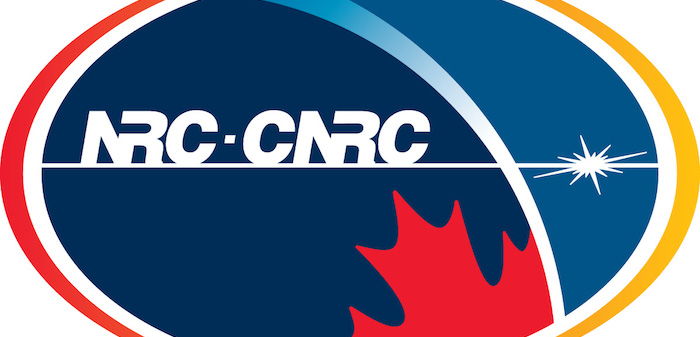The National Research Council of Canada (NRC) is determining how to optimize existing transit operations through the implementation of new technologies.
Part of its research focuses on the analysis of fleet operations using model-driven approaches to transit technology planning. By using physics-based modeling as the core analysis methodology, the NRC is able to provide more accurate forecasts of the system-level implications of technology implementations. To improve the flexibility and configurability of their existing modeling tools, the NRC migrated its modeling platform to Maplesoft’s systems.
As an initial step toward capability migration, the NRC’s modeling team worked with Maplesoft’s engineering solutions team to create a high-fidelity model of the battery-electric bus dynamics, taking into consideration a wide variety of factors that affect operational decisions. These factors are all necessary to address a range of concerns from transit operators when moving forward with a new type of transit system.
For example, transit operators need to know the uptime for an electric bus in comparison with a diesel-powered bus, to plan schedules and streamline operations. This requires a detailed understanding of both the charging of bus batteries and determining realistic energy consumption as the bus completes a specific transit route.
The operators are also interested in other battery-electric bus operating considerations, such as carbon emission savings, equivalent diesel fuel savings, and the cost of charging the bus during typical usage. The system-level model developed by NRC and Maplesoft helps provide information to address these questions early in the vehicle procurement process.
The battery-electric bus model is composed of a variety of subsystems that are integrated into one unified system for simulation and design exploration. This model was created using MapleSim. The model incorporates interactions from multiple domains of the electric bus system, such as the vehicle body dynamics, electric motor performance, detailed battery models, and passenger loading details as the bus model travels a specific route.
This model was created using both the standard MapleSim physics-based components and customized components, which provided the ability to modify the design to the exact bus and transit specifications. With the completed model, the NRC is able to simulate the entire vehicle system, providing system performance information at any point that the engineer wishes to examine.
With the battery-electric bus model fully developed, the NRC and Maplesoft then worked together to create additional tools that would allow for easy import of a variety of transit routes, as well as tools that could be used to quickly gain insight into the performance of different routes and bus configurations.
The precision of the produced results from these analyses were far superior to techniques employed elsewhere, which would typically only include performance calculations based on average bus speeds and average energy consumption along a certain distance.
MapleSim creates system-level models in a symbolic, parameterized environment, so adjustments could be made to easily modify the bus, or specific parameters could be optimized for a required performance characteristic.
Tyson McWha, program technical leader at the NRC, said, “The primary advantage of using an advanced simulation platform to evaluate battery-electric bus implementation is that we can now adjust specific vehicle or infrastructure parameters and very quickly understand their effects on the entire system.”
By using a model-driven approach, the NRC now has the ability to take a given transit route and electric bus, and have their simulation and analysis tools automatically generate the key information required by transit operators and other decision makers. They are able to determine a specific understanding of the vehicle’s energy storage requirements for particular bus routes, helping to select the correct mix of technologies to meet the specific demands of the route.
The NRC is continuously refining its battery-electric bus model, increasing its capabilities by feeding in real-world performance data and other environmental variables like weather and traffic. The physics-based modeling platform in MapleSim gave engineers an intuitive tool that is being used effectively by their transit technology experts.
The NRC is continuing to research the ideal configuration of battery-electric buses in cities across Canada, and using modern design approaches to answer questions with greater accuracy than ever before, allowing transit authorities to make informed decisions.
September 5, 2017


